More than a year has passed since the previous update of the German army. And that means - time for a new update on German army.
The German Army (Deutsches Heer) was the name given the combined land (and air) forces of the German Empire, also known as the National Army (Reichsheer), Imperial Army (Kaiserlichisches Heer or Kaiserreichsheer) or Imperial German Army. The Imperial German Army was formed when the German Empire was formed in 1871, and lasted until 1919, after the defeat of the German Empire in World War 1.
Infantry was backbone of the German Imperial army - foot soldiers lead the attacks and defended captured ground. Throughout the war the majority of Germans troops were equipped with rifles, and the vast bulk of them were Gewehr 98's, that had one of best design in its time. German infantry was also one the most modern force in the great war - facing trench stalemate, german army adopted light machine gun MG-08/15 and hand grenade Stielhandgranate 15, which provided excellent fire support in the trench warfare.
German infantry in 1914:
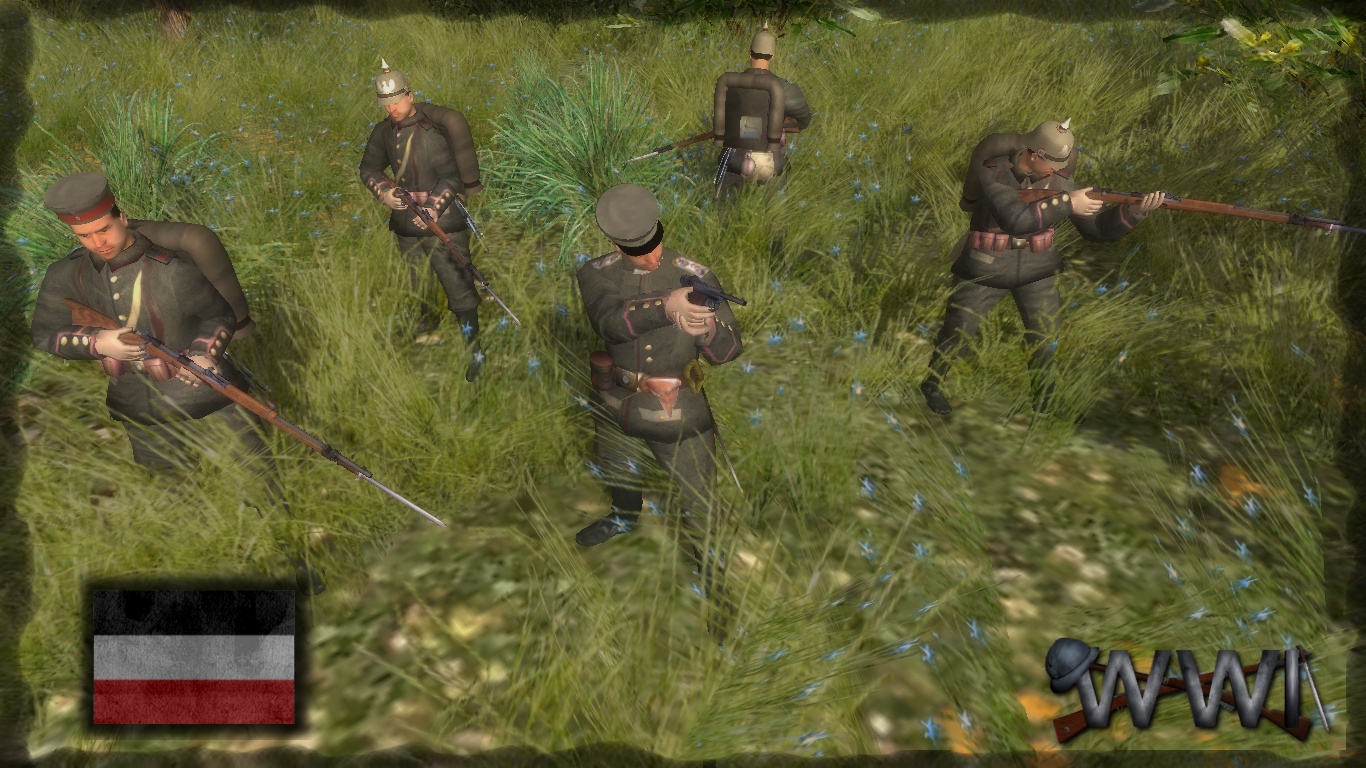
German infantry in 1916:
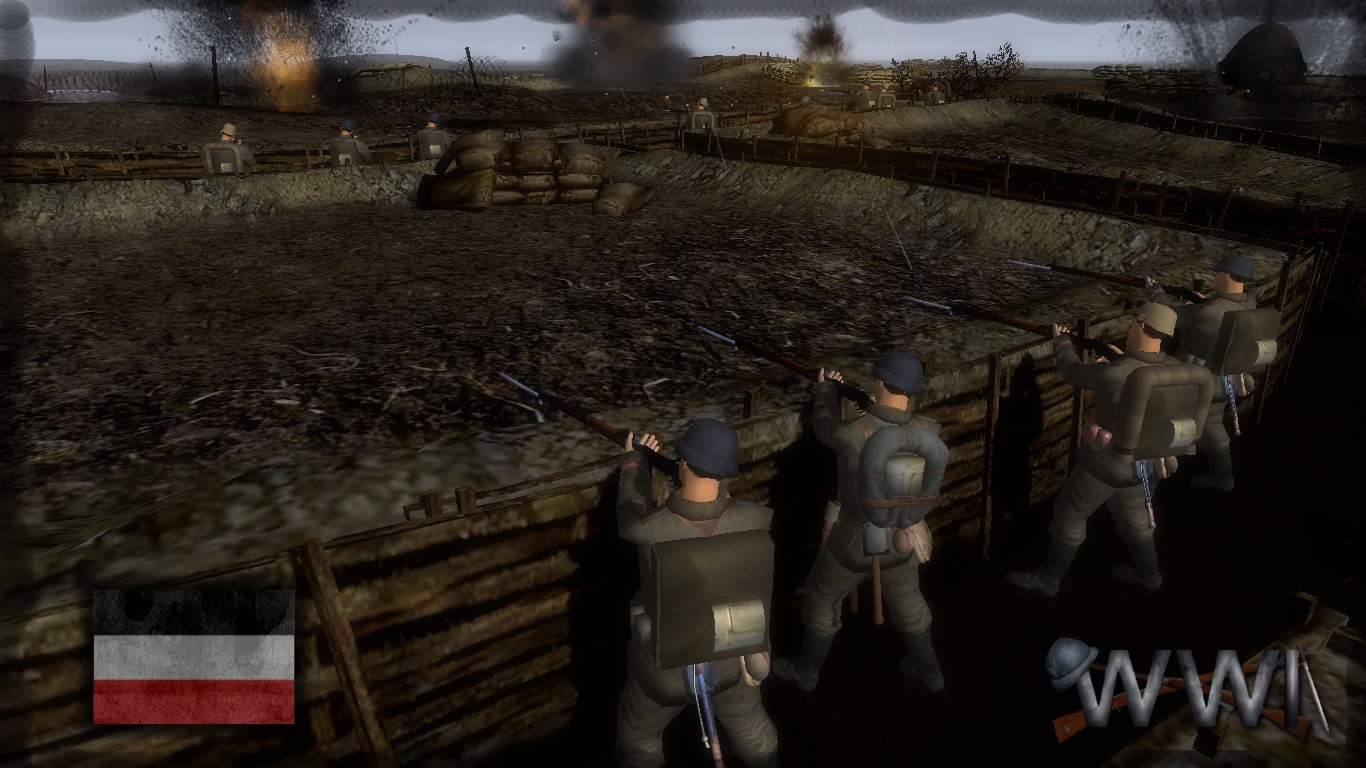
Stormtroopers (in German Stoßtruppen, "shock troops") were specialist soldiers of the German Army in World War I. In the last years of the war, Stoßtruppen were trained to fight with "infiltration tactics", part of the Germans' new method of attack on enemy trenches. They were armed with rifles, pistols, carbines, grenades and later with submachine guns.
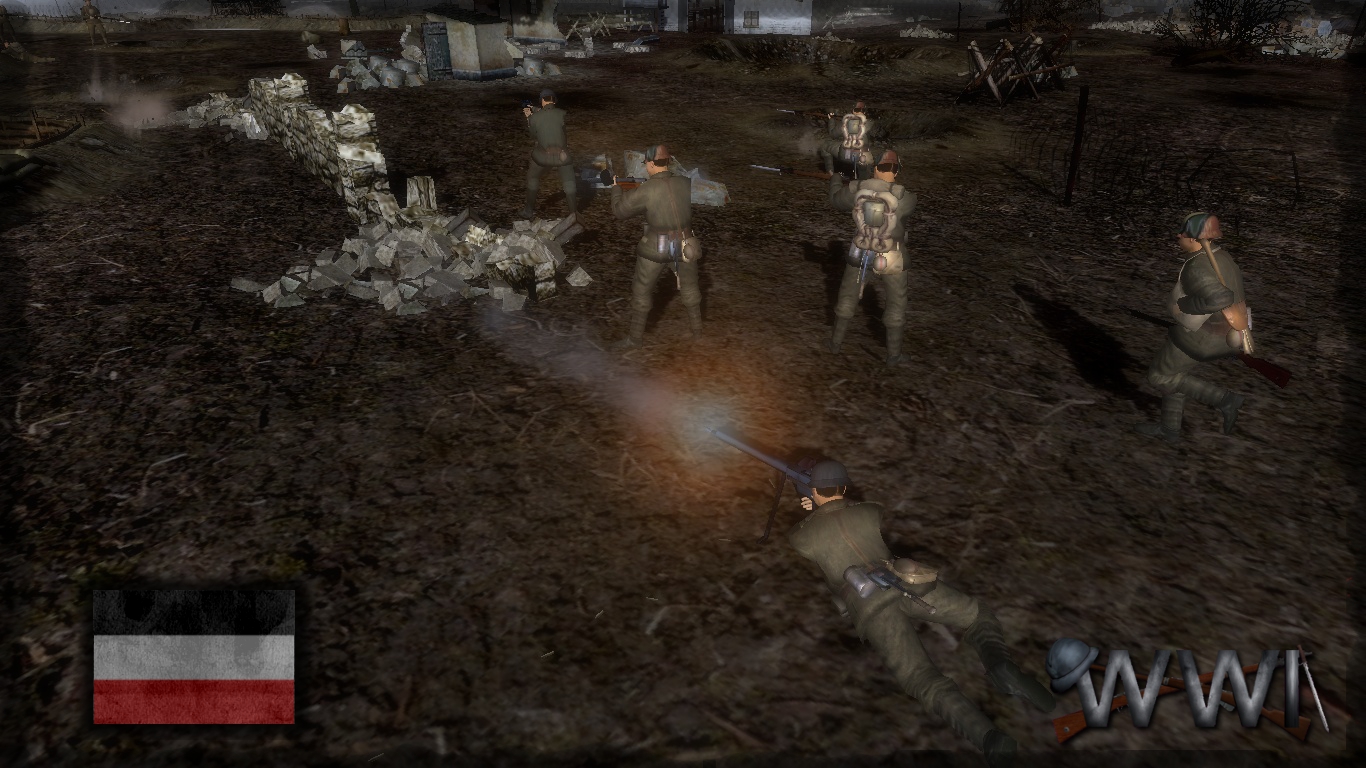
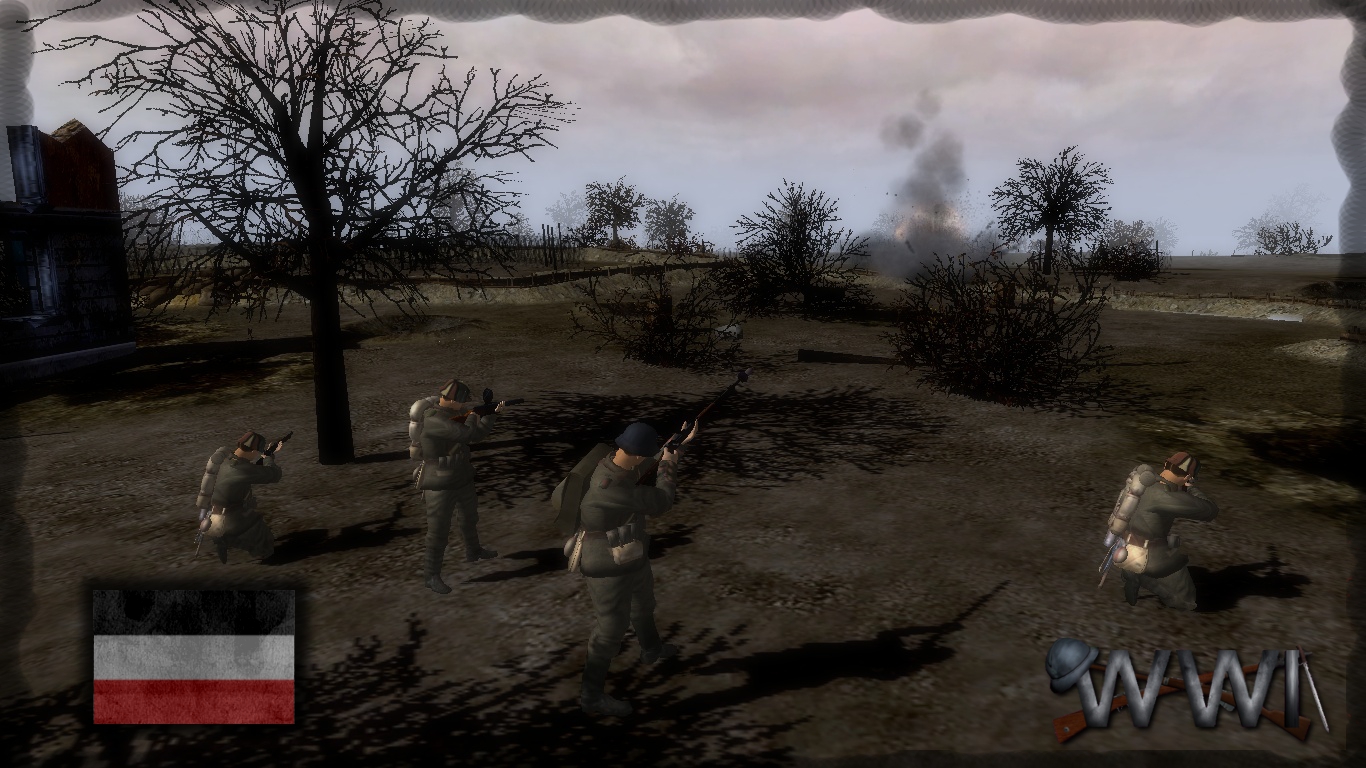
German snipers were armed with scoped Gewehr 98's and had sniping supremacy throughout half of the war, untill allied snipers started overthrowing german sniping supremacy in the end of war.
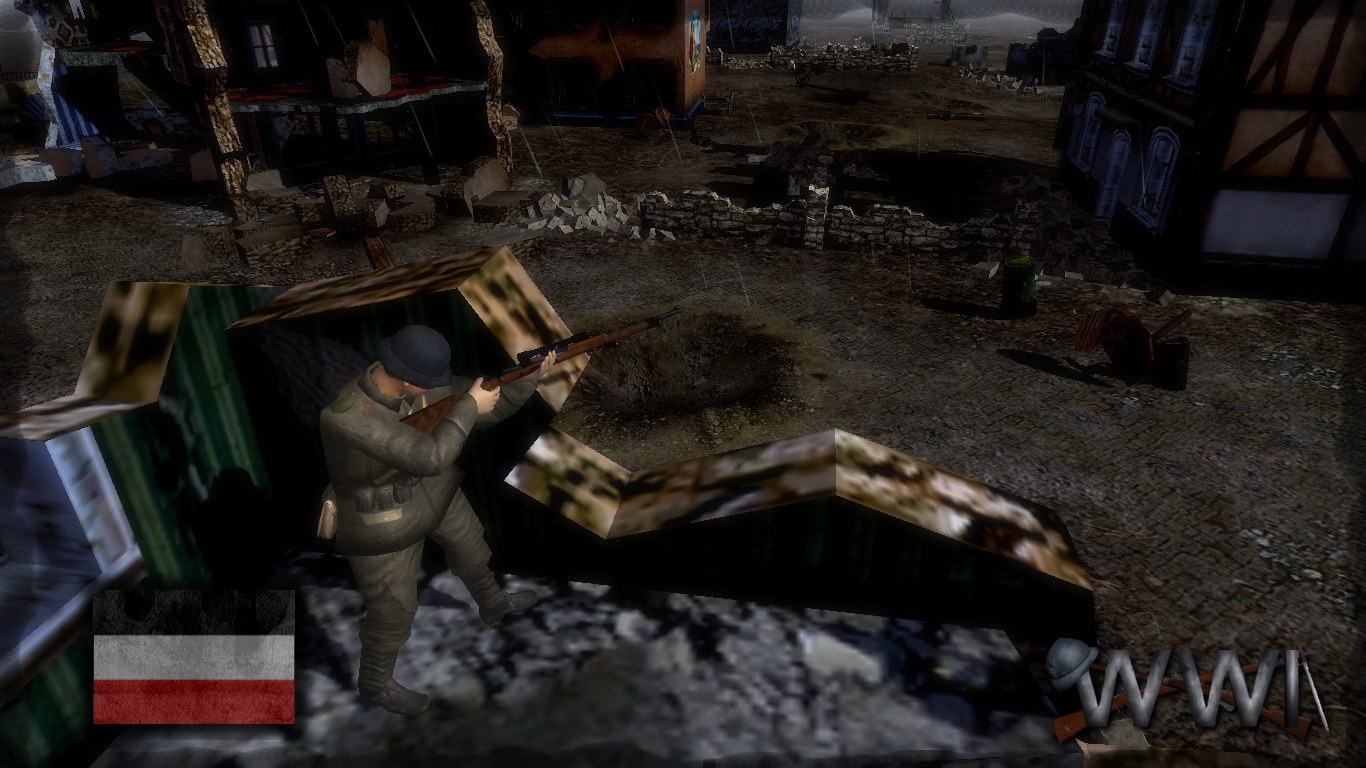
The Mauser 13 mm anti-tank rifle (German: Mauser 13,2 mm Tank Abwehr Gewehr Mod. 18, usually abbreviated T-Gewehr) was the world's first anti-tank rifle, i.e. the first rifle designed for the sole purpose of destroying armored targets.
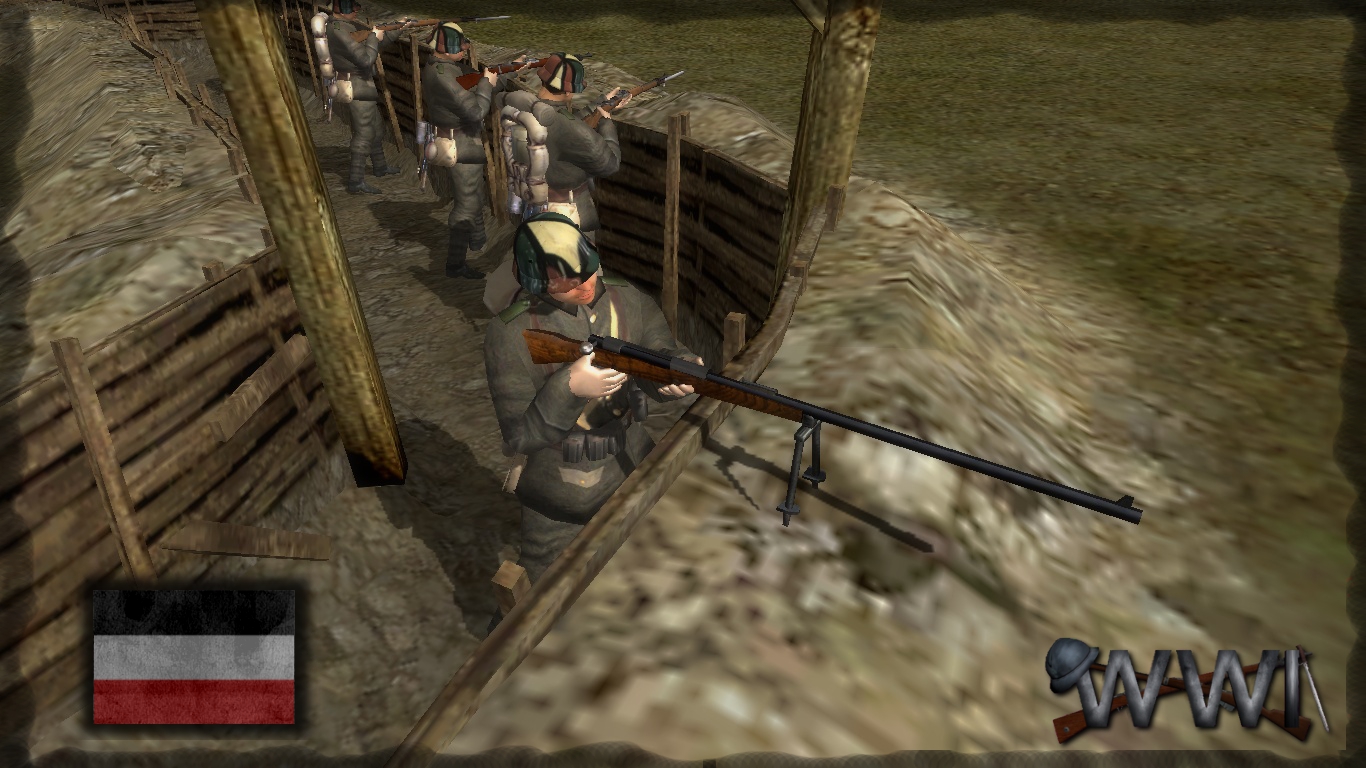
The Germans introduced small flamethrower design in 1917 to replace the earlier Kleif. The Wechselapparat ("Wex") had a doughnut-shaped backpack fuel container with a spherical propellant container in the middle.
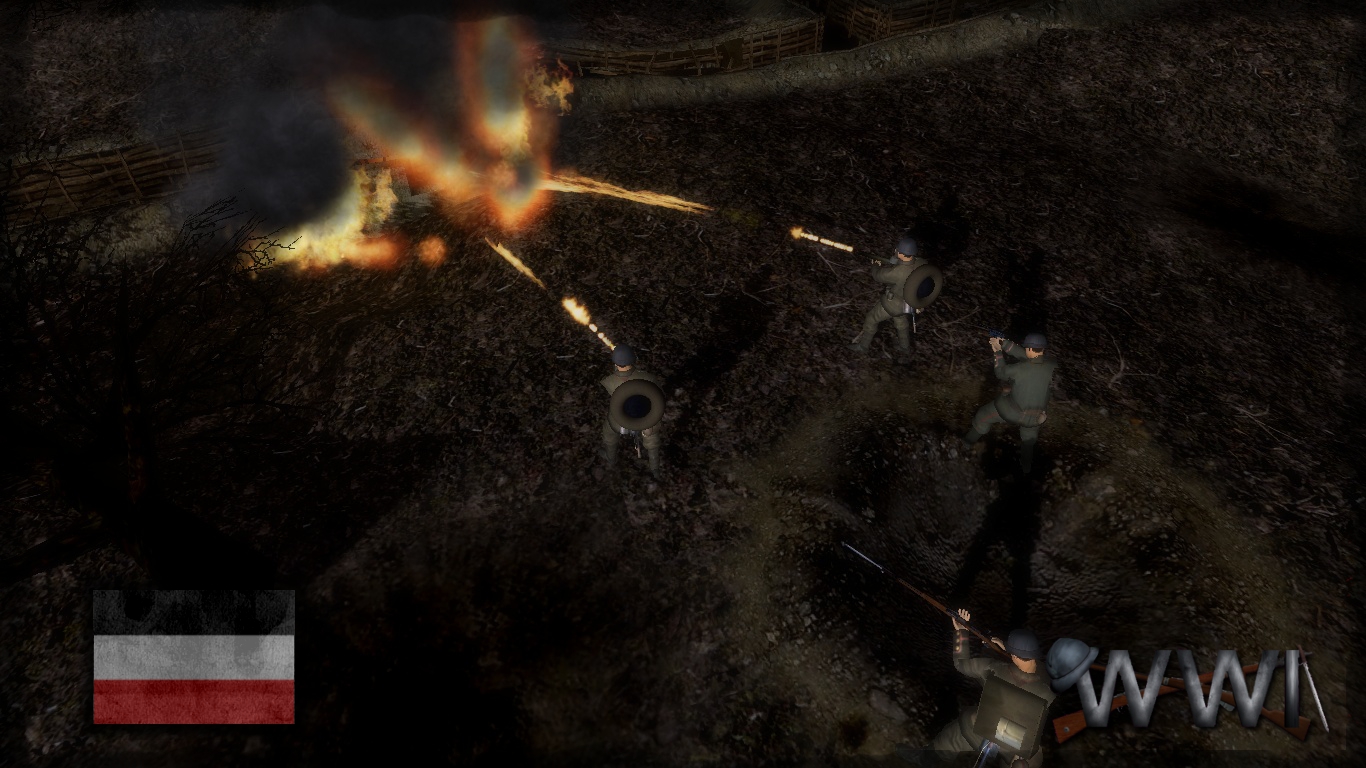
The Maschinengewehr 08, or MG08, was the German Army's standard machine gun in World War I
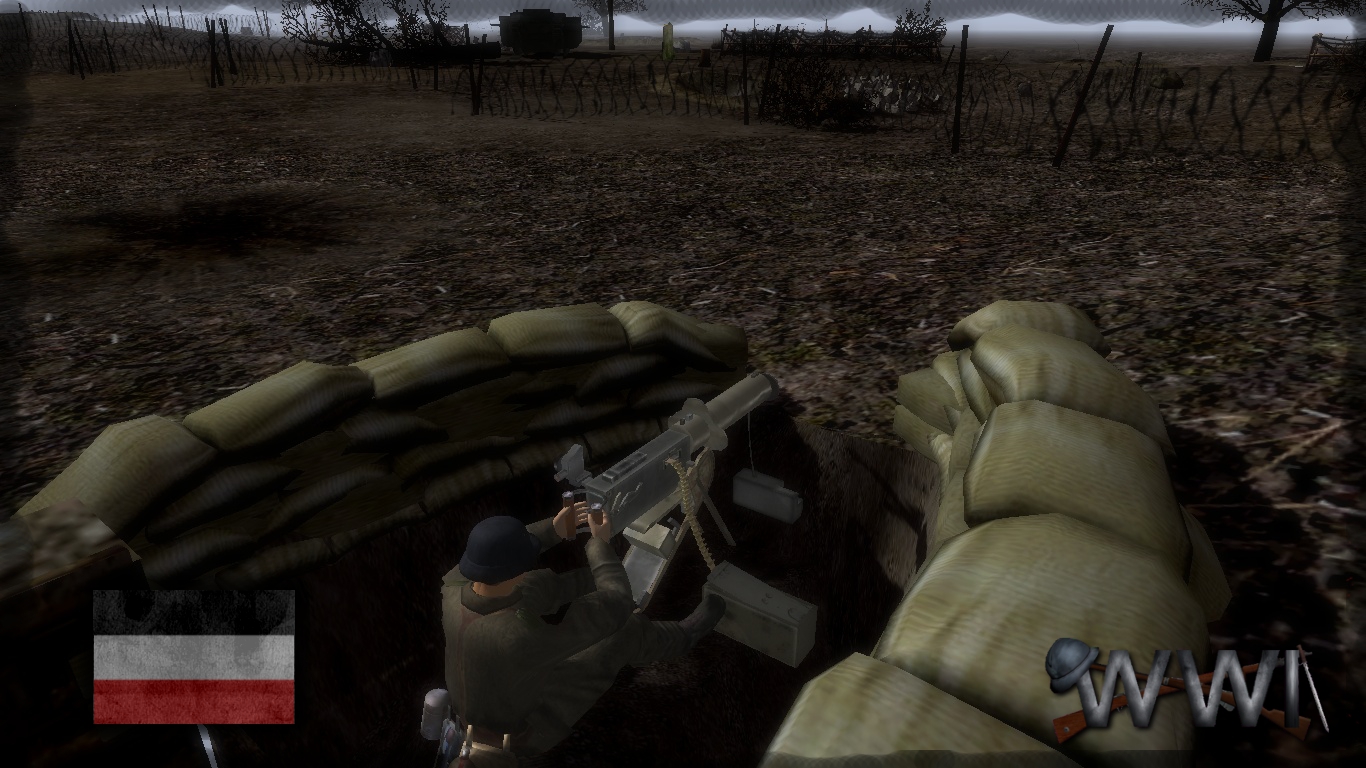
The basic field gun of german artillery during World War 1 was the 77 mm Feldkanone 96, which had first been introduced in 1896, and was modified in 1905 and 1906.
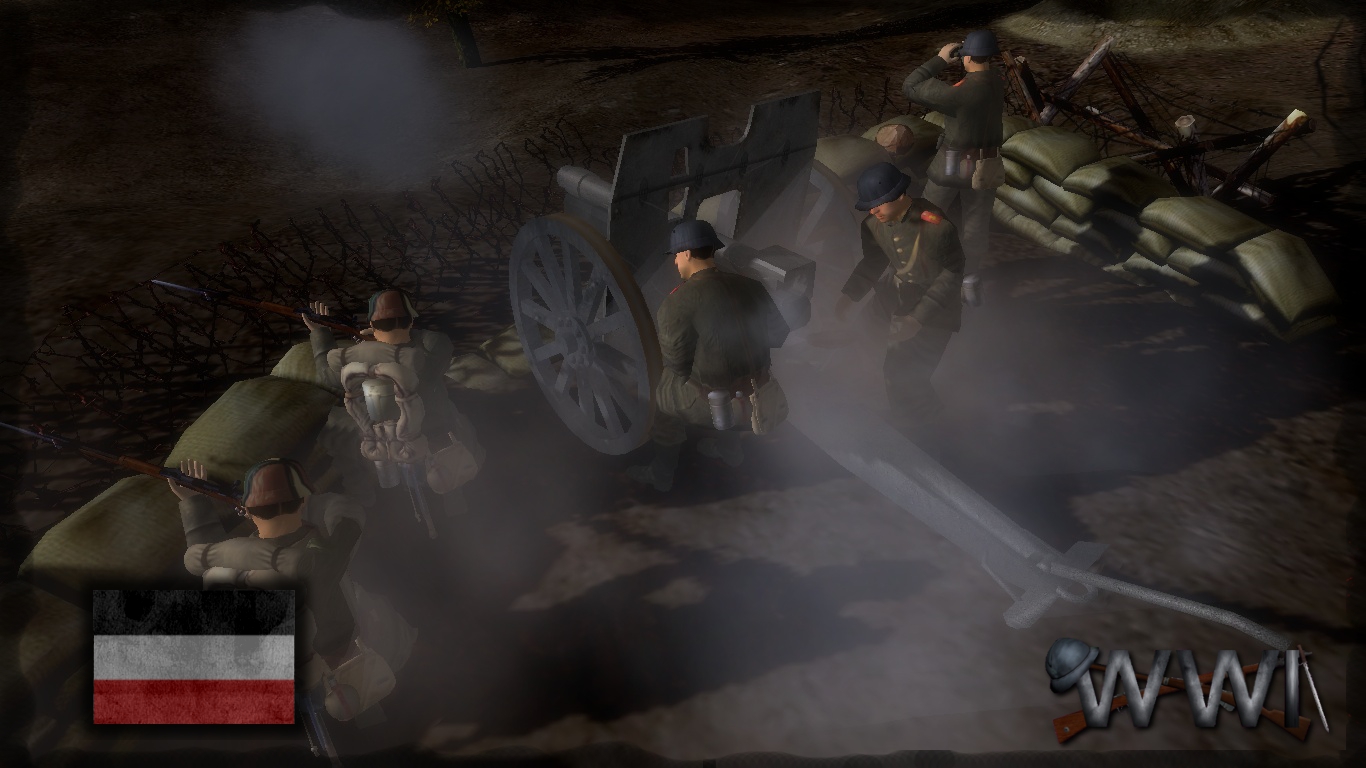
One of the most important pieces in the arsenal of the German Artillery, was the 150mm Heavy Howitzer. In 1913, a new model was introduced, the sFH 13, that had a modified carriage and lavette and a longer barrel (L/14). This new gun fired some 1000 meters longer than the old model 02. The first battery that was equipped with the sFH13 got their guns in August 1914. Until May 1915, 252 sFH 13 were delivered by Krupp.
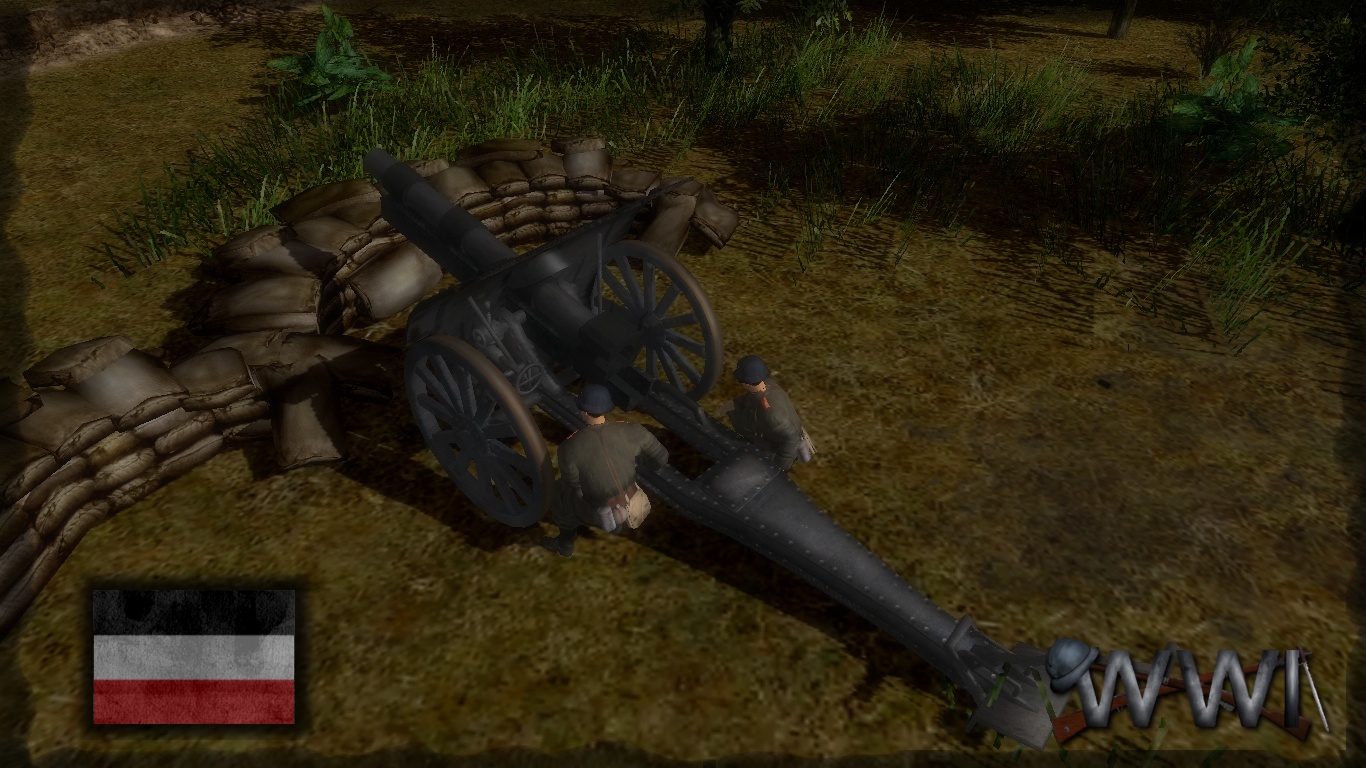
The 10.5 cm Feldhaubitze 98/09 (10.5 cm FH 98/09) was a howitzer used by Germany in World War I.1260 were in service at the beginning of World War I
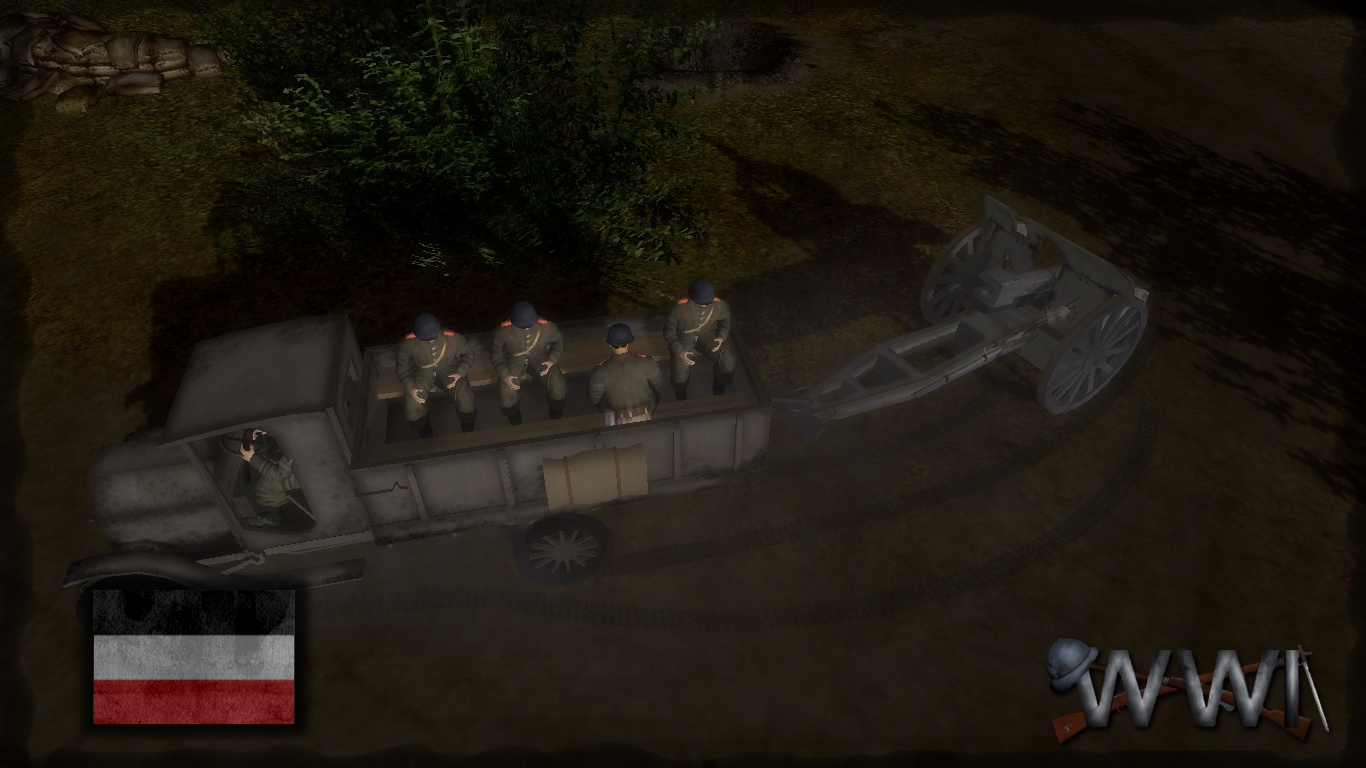
Of all the members in the Minenwerfer family, the light 7.58cm version was the least spectacular but at the same time the most important. It was used everywhere, and was the weapon that supported the German Infantry in all situations, especially during trench fighting, when traditional flat trajectory weapons often were at an disadvantage.
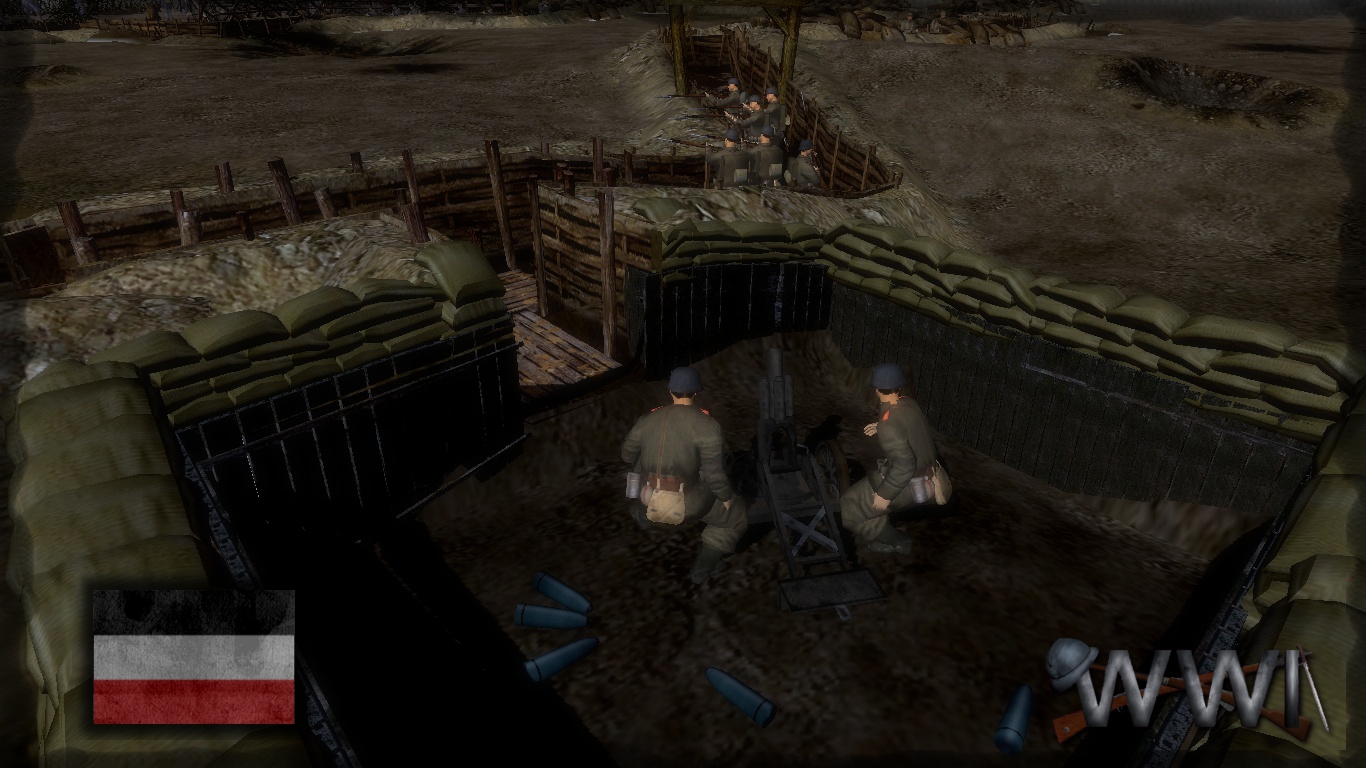
The E-V/4 Panzerkraftwagen Ehrhardt was one of the first examples of a type of high and flatsided armoured car design that the Germans used almost until the start of the Second World War for internal policing duties. It weighed nearly 9 tons, had a crew of eight or nine, and carried an armament of up to three machine-guns.
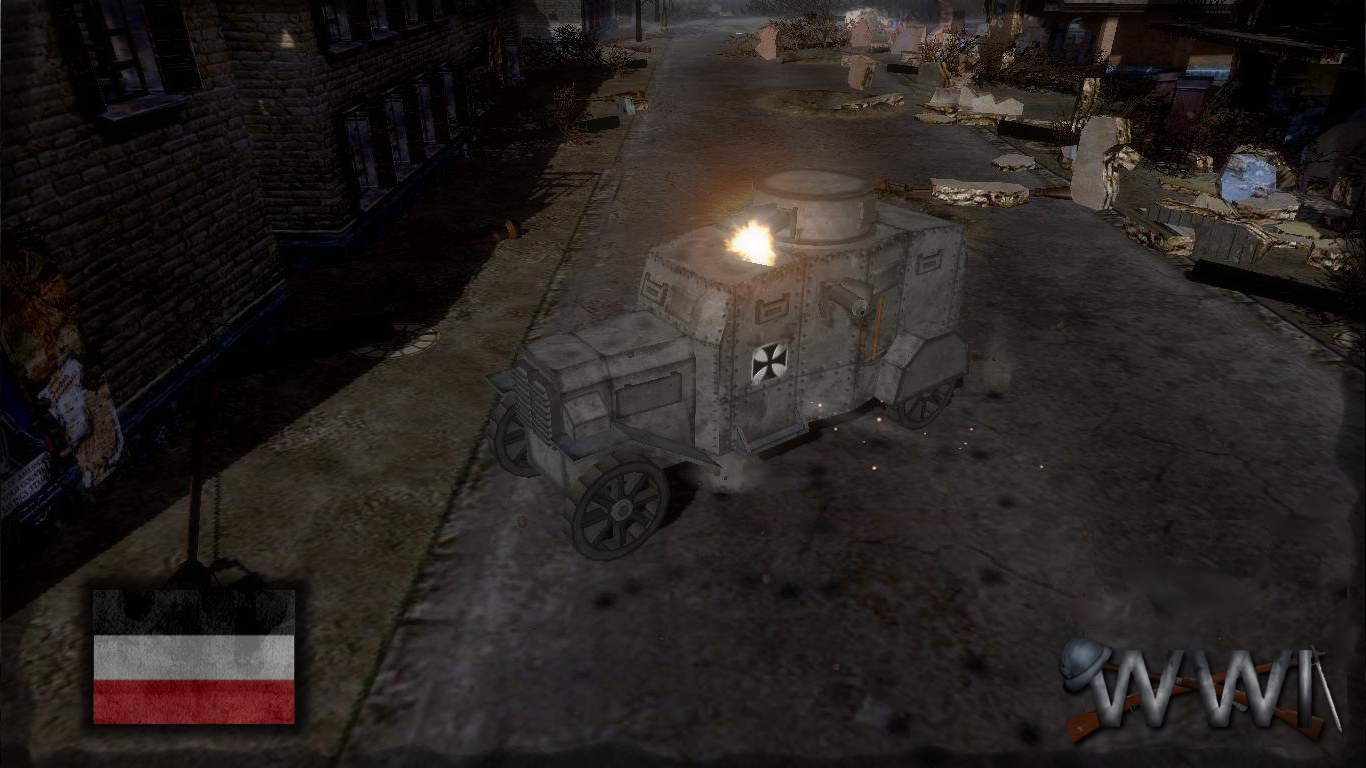
The A7V was a tank introduced by Germany in 1918, near the end of World War I. One hundred vehicles were ordered during the spring of 1918, but only 21 were delivered. It was nicknamed "The Moving Fortress" by the British because of the shape of the hull. They saw action from March to October of that year, and were the only tanks produced by Germany in World War I to see operational use.
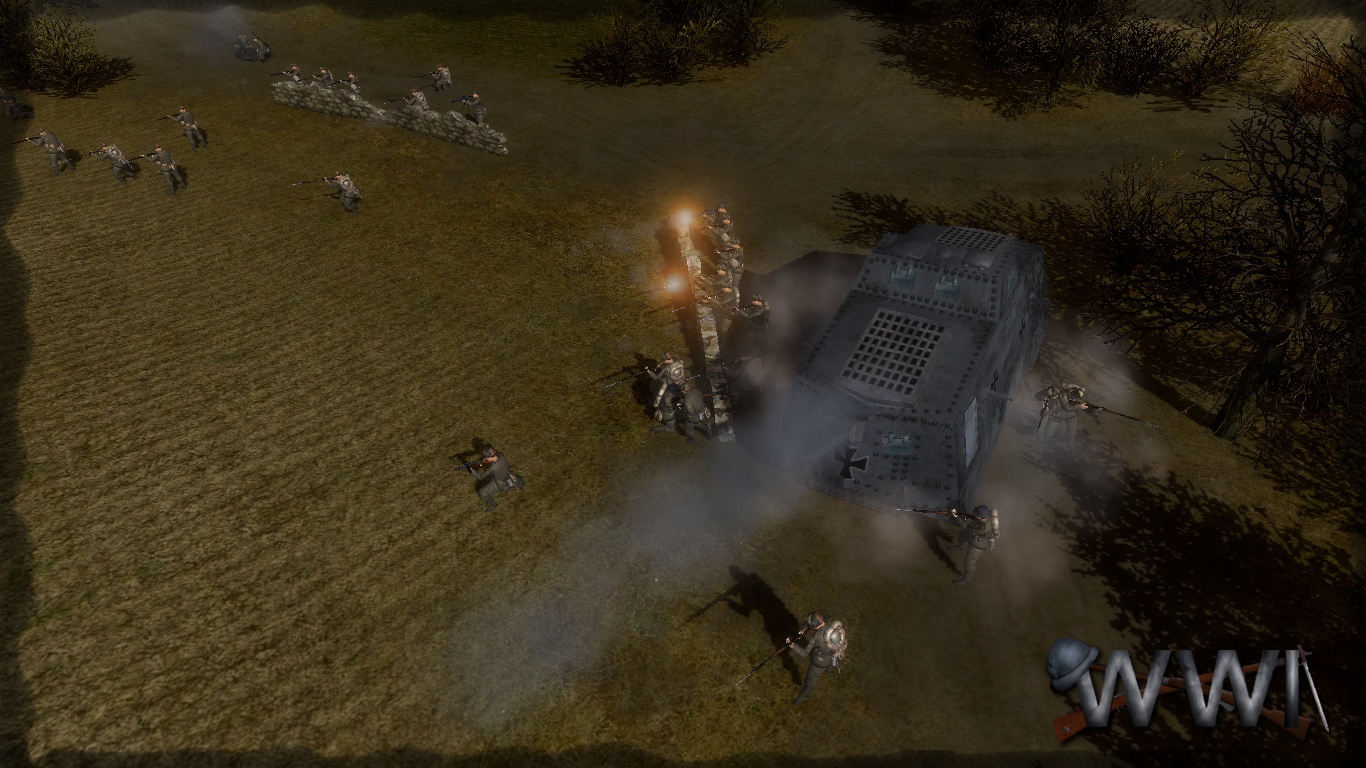
The Deutsche Luftstreitkräfte, known before 1916 as Die Fliegertruppen des deutschen Kaiserreiches (Imperial German Flying Troops), was the over-land air arm of the German military during World War I (1914–1918). Although its name actually means something very close to "The German Air Force" it remained an integral part of the German army for the duration of the war.
Fokker Eindecker

Fokker DR-1
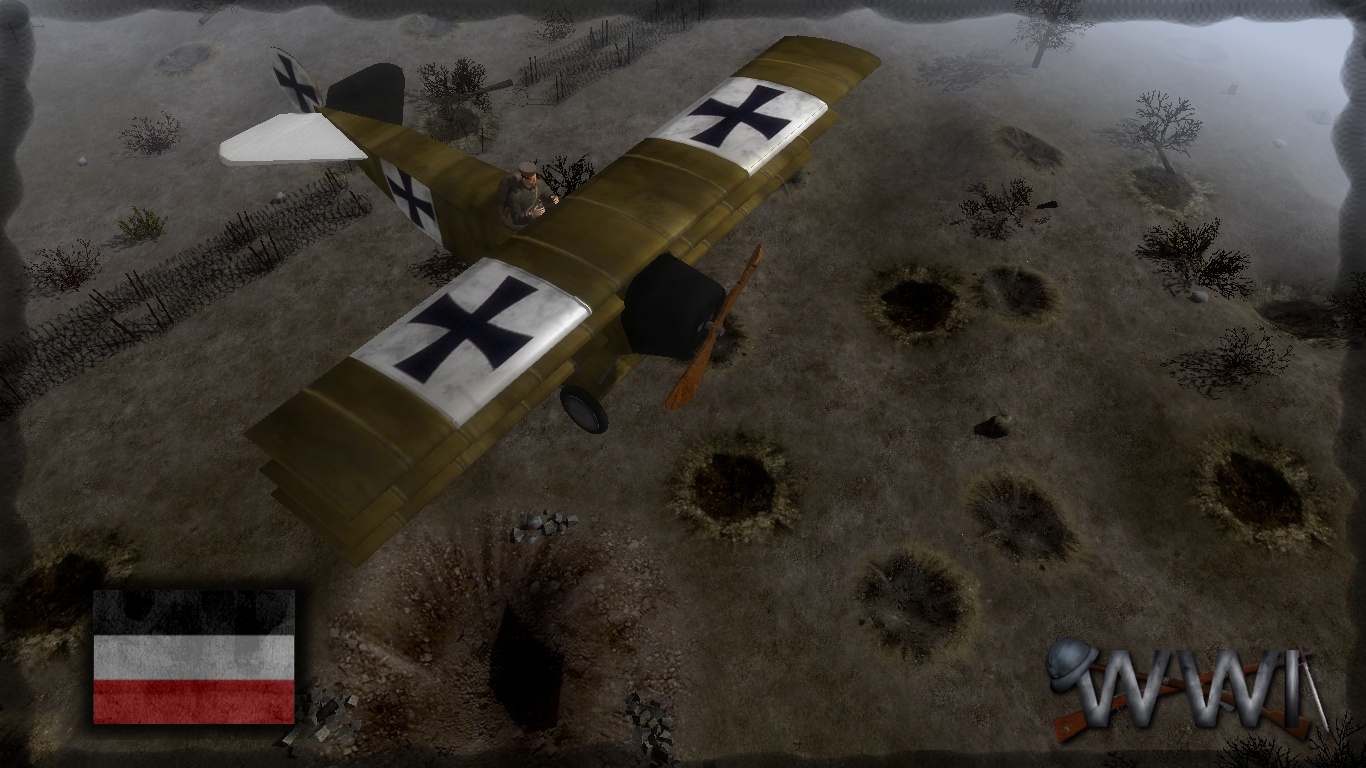



Great job so far, keep it up.
*clapping* Bravo! Bravo! *clapping*
Awesome! You're doing great.
Thanks =)
awesome work! will airplanes be included in multiplayer too?
Unfortunately, planes implementation in MoW is far from good, so no - they won't be in multiplayer.
can be support in multiplayer
What do u mean with Q1
First quarter of the year.
Thank u
is this going for assault squad also
At first, the Germans used the pickelhaube, a helmet made of patent leather, which contained a tip above. His name meant "Hat tip".
With the development of the war, most of the deaths were caused by bomb shrapnel that struck his head on the combatants. In this, pickelhaube proved ineffective.
From 1916 to 1918, pickelhaube now used only by large ranks of the army or even by the kaiser (German Emperor). well loved German forces adopted the M33 helmet (Stahlhelm) made of steel, which has avoided the large number of deaths (except in the case of infections).